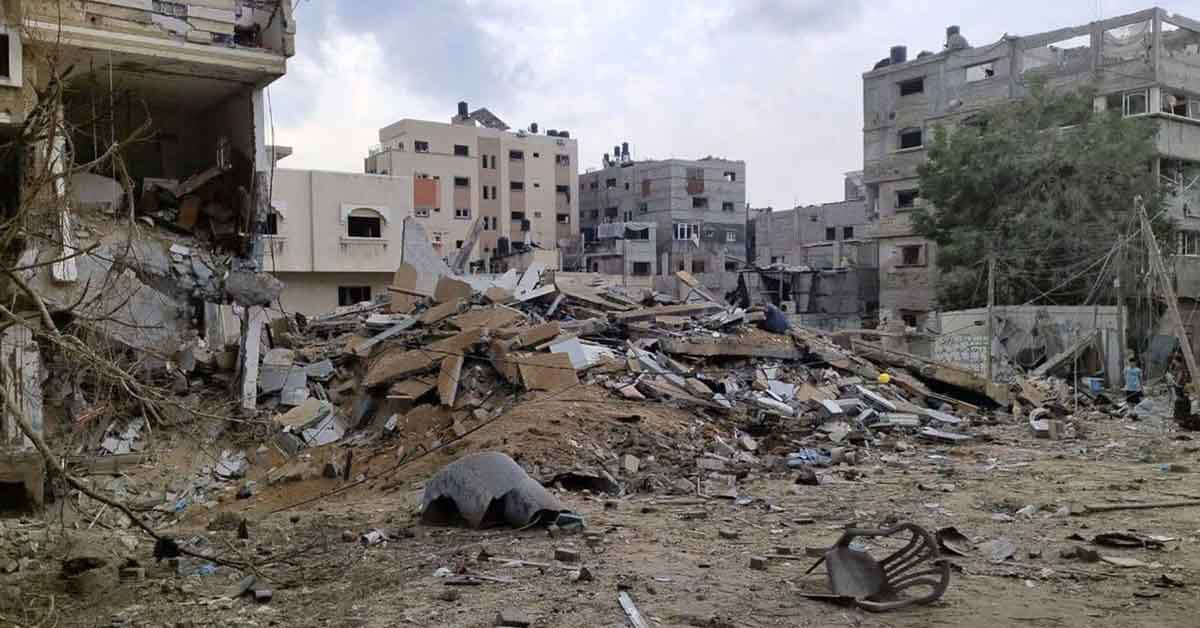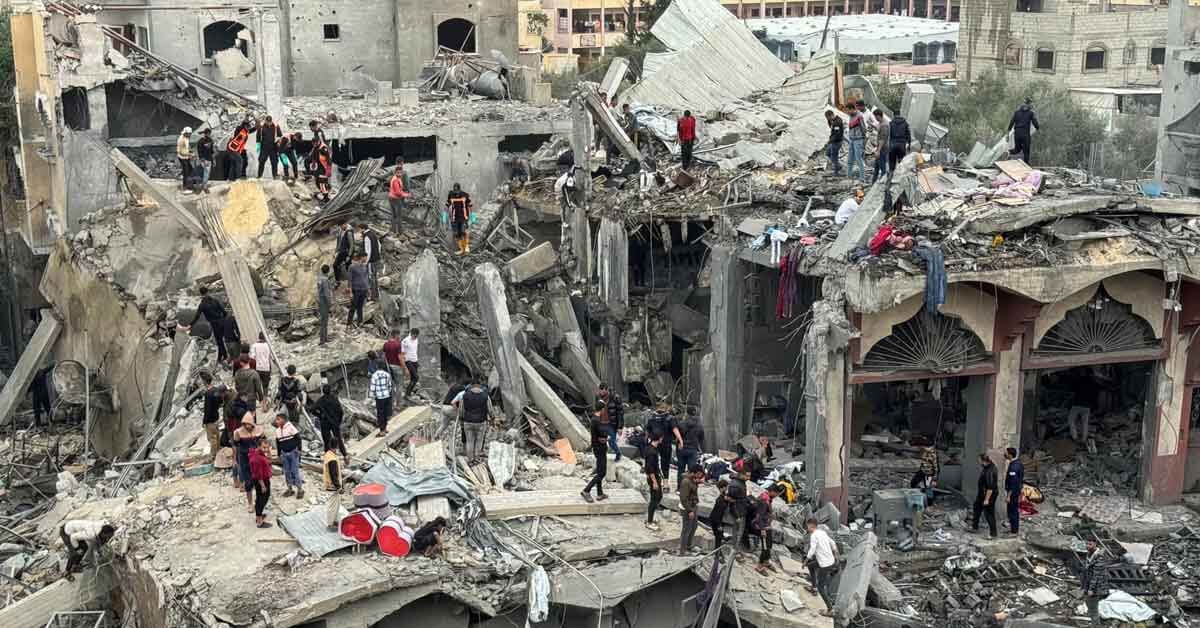Israeli Strikes on Northern Gaza: Ongoing Conflict and Humanitarian Crisis
Death Toll Rises in Northern Gaza
Israeli strikes on northern Gaza, specifically in the town of Beit Lahiya, left at least 87 people dead or missing, according to Gaza’s Health Ministry. This tragic incident is part of Israel’s ongoing large-scale military operation aimed at targeting Hamas militants, who are reportedly regrouping in the region.
The strikes, which continued into Sunday, also injured 40 more people. Beit Lahiya has been a frequent target of Israeli ground operations for over a year. The Israeli military confirmed that their latest strike focused on a Hamas target in this northern town.
Health Crisis Escalates in Gaza
Palestinian officials have reported that hundreds of people have been killed in the Israeli strikes on northern Gaza during the past two weeks. The region’s health system is on the brink of collapse due to the overwhelming number of casualties and limited medical supplies. Hospitals are struggling to cope with the growing influx of patients, and the overall situation is deteriorating rapidly.
U.S. Calls for Ceasefire as Conflict Intensifies
In response to the escalating violence, the U.S. is investigating the unauthorized release of classified documents. These documents suggest that Israel is preparing a military response to Iran’s recent ballistic missile attack. As tensions rise, the U.S. is urging Israel to negotiate a ceasefire in Gaza, particularly following the death of Hamas leader Yahya Sinwar last week. However, neither Hamas nor Israel appears willing to enter negotiations at this time.
Hezbollah Joins the Conflict
As Israel continues its offensive against Hamas, another front has opened with Hezbollah in Lebanon. Israeli strikes have intensified in southern Lebanon, targeting Hezbollah strongholds. Lebanon’s army confirmed that three of their soldiers died in an Israeli strike on Sunday. This marks a significant escalation in the ongoing conflict between Israel and Hezbollah, which has been brewing for over a year.
Hezbollah has retaliated by launching over 170 rockets into northern Israel, causing damage and injuring civilians. The violence has spread across the border, with southern Beirut, particularly the Dahiyeh area, facing heavy bombardment. Civilians in these regions are caught in the crossfire, further complicating the humanitarian crisis.
Civilian Casualties and International Response
The U.S. Defense Secretary, Lloyd Austin, expressed concern over the rising civilian casualties, particularly in Lebanon. He called for Israel to reduce its strikes, especially around heavily populated areas such as Beirut. The conflict’s toll on civilians has garnered global attention, with international organizations like Doctors Without Borders urging Israel to halt attacks on hospitals in northern Gaza.

Medical Facilities Under Siege as Israeli strikes on northern Gaza
Raheem Kheder, a medic in Gaza, described the devastation caused by the Israeli strikes. He reported that parents and eight children were among the dead after a strike leveled a multi-story building and surrounding homes in Beit Lahiya. The Israeli military insisted it used precision-guided munitions aimed at a Hamas target, but the strikes have caused widespread destruction.
Mounir al-Bursh, head of Gaza’s Health Ministry, warned that the healthcare system is collapsing. He said the ongoing strikes on northern Gaza have compounded an already catastrophic situation. Doctors Without Borders also called for an immediate cessation of attacks on medical facilities, emphasizing that civilian lives are at stake.
Internet Outages Hamper Relief Efforts
Northern Gaza faced additional challenges as internet connectivity went down late Saturday. The outage hindered the collection of information on the Israeli strikes on northern Gaza and complicated rescue operations. This has made it difficult for medics and relief organizations to respond effectively, exacerbating the crisis.
Israel’s Operation Enters Third Week
Israel’s military operation in northern Gaza has now entered its third week. The area, particularly Jabaliya, has been a focal point of intense conflict. Jabaliya is a densely populated urban refugee camp that has seen heavy destruction since the war began. Israeli forces have repeatedly returned to this area, targeting Hamas militants while issuing evacuation orders to civilians.
Despite the Israeli government’s directives for northern Gaza’s population to move south, around 400,000 people remain in the area. Many are unable or unwilling to leave, and they continue to face the devastating effects of Israeli strikes on northern Gaza.
Hamas Attacks and Israeli Response
The conflict took a deadly turn on October 7, 2023, when Hamas militants breached Israel’s security fence and launched a brutal attack. Around 1,200 people, mostly civilians, lost their lives, and another 250 were taken hostage. Today, approximately 100 captives remain in Gaza, with a third believed to have died. This attack triggered Israel’s relentless military response, leading to the current offensive in Gaza.
According to Palestinian health authorities, over 42,000 people in Gaza have been killed since the conflict began. The overwhelming destruction and displacement of 90% of Gaza’s 2.3 million residents highlight the sheer scale of the humanitarian crisis.
Gaza Future Looks Grim as Israeli strikes on northern Gaza
The Israeli strikes on northern Gaza continue to inflict heavy casualties, both among militants and civilians. As the military operation moves forward, the humanitarian crisis worsens, with the health sector on the verge of collapse. Despite international calls for a ceasefire, neither Israel nor Hamas shows any sign of backing down. The violence has spilled over into Lebanon, adding a new layer of complexity to an already dire situation. As the world watches, the fate of northern Gaza hangs in the balance, with no clear end in sight.








